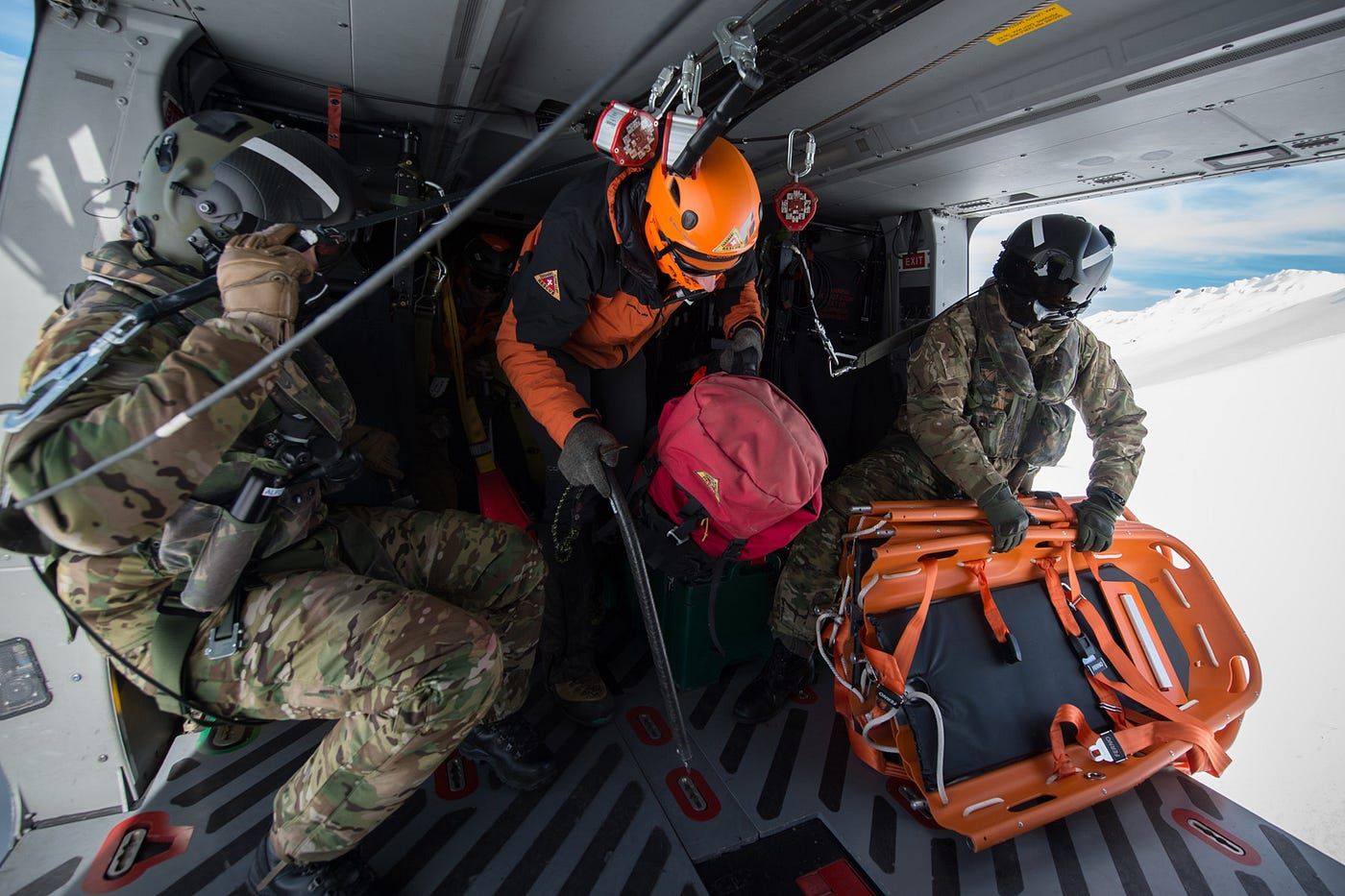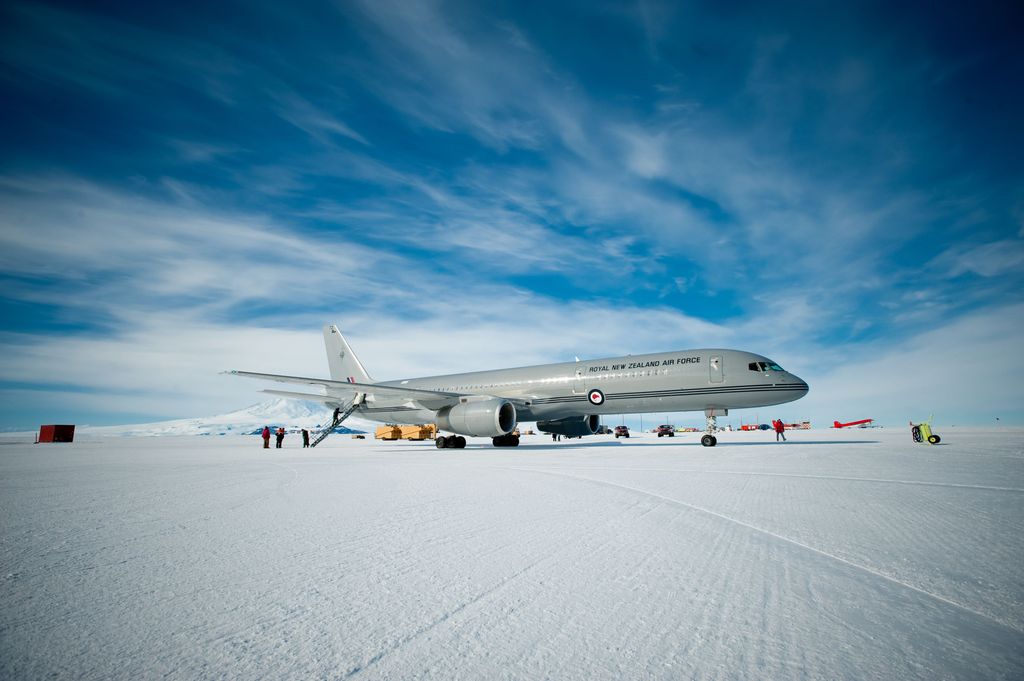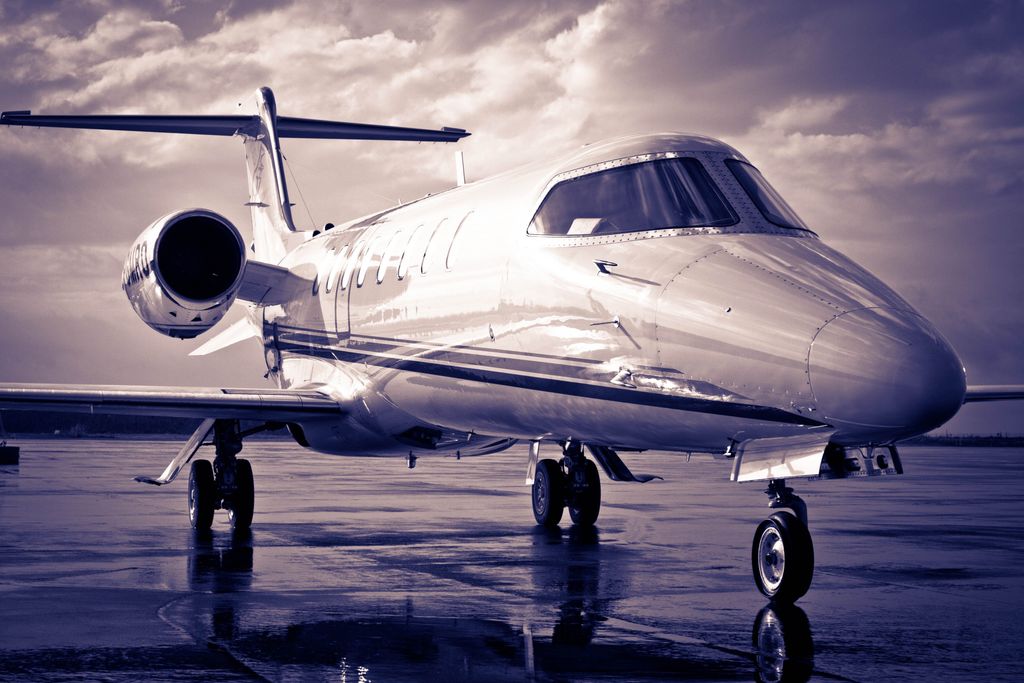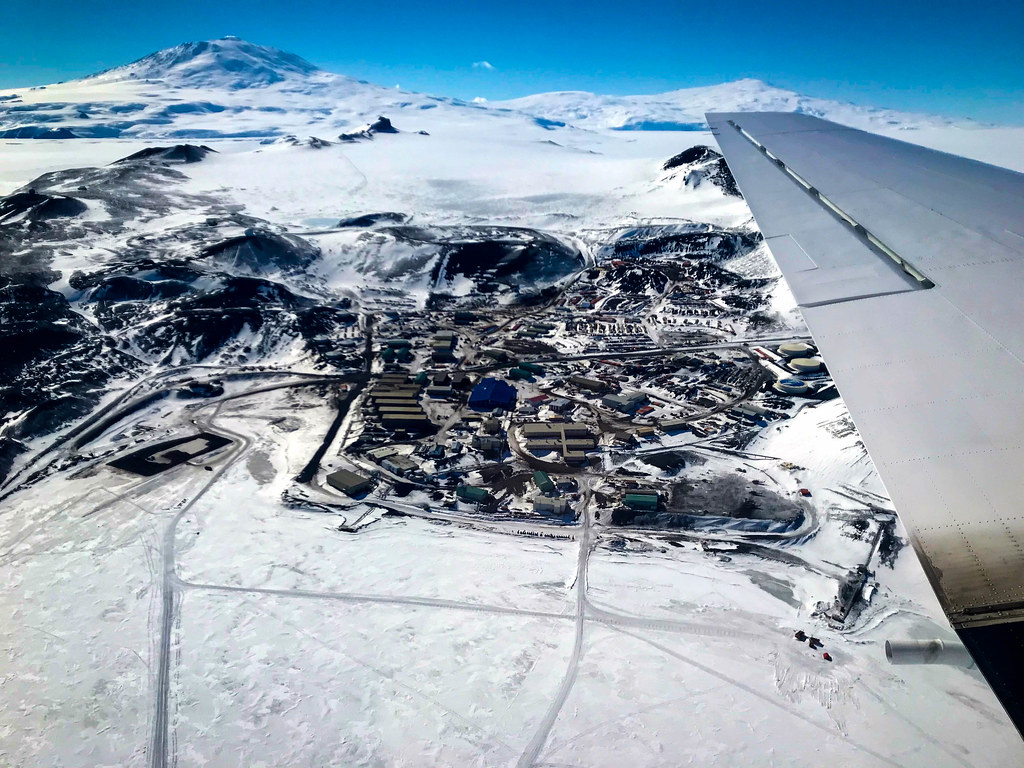
In a remarkable display of international cooperation and aeronautical skill, New Zealand’s air force successfully completed a nearly 20-hour medical evacuation mission from Antarctica, navigating conditions of freezing temperatures and pervasive darkness. This high-risk operation, undertaken by the Royal New Zealand Air Force (RNZAF), brought three American staff members from the isolated McMurdo Station to critical medical care in New Zealand.
The urgent request for evacuation originated from the U.S. National Science Foundation (NSF), which indicated that its personnel at McMurdo Station were unable to receive adequate medical treatment on-site. Among the three individuals, one required immediate, urgent care, while the other two also necessitated medical attention and were transported as a precautionary measure, underscoring the severity of the situation.
The destination for the evacuees was Christchurch, New Zealand, a city well-equipped to provide the specialized medical treatment required. This complex logistical undertaking began with the aircraft’s strategic pre-positioning from Auckland to Christchurch on Sunday, setting the stage for the crew to await a suitable weather window.
Mid-winter flights to the Antarctic continent are widely regarded as among the most formidable missions in aviation due to a confluence of severe environmental factors. Air Commodore Andy Scott, who leads New Zealand’s air component, articulated the immense difficulties involved in such endeavors.

He emphasized that the crew can only attempt these flights “after detailed analysis of the weather and airfield state,” a rigorous prerequisite for embarking on a journey into one of the planet’s most unforgiving environments. The volatile nature of Antarctic weather, coupled with the absence of sunlight during the polar winter, compounds the inherent dangers of ice landings.
The challenges extend beyond meteorological unpredictability; the U.S. Antarctic Program Winter Team plays a pivotal role in making such flights even conceivable. As Air Commodore Scott explained, this dedicated team “must physically create the runway before we can depart by ensuring the ice is groomed and suitable for landing.” This meticulous preparation is vital for ensuring the structural integrity and safety of the landing strip.
Furthermore, navigating the perpetually dark Antarctic sky demands specialized equipment and extraordinary skill. Flights are conducted using Night Vision Goggles (NVGs), an essential tool in an environment where the sun does not rise for months.

Air Commodore Scott reiterated the formidable nature of flying in such conditions, stating, “Although they determine it is safe, it’s still an extremely challenging environment to fly in on Night Vision Goggles due to the extreme weather conditions, which are highly changeable at this time of year and makes accurate forecasting a challenge.” The unpredictability of the weather at this time of year significantly complicates even the most advanced forecasting models.
Adding another layer of peril, there are “no airfields available to divert to once the aircraft is past a certain point south.” This critical lack of alternative landing sites means that once the mission is committed, there is no turning back, amplifying the risk factor considerably.
This absence of diversion options means that “these missions are not taken lightly,” as articulated by Air Commodore Scott. Every decision, from takeoff to landing, is weighed against the potential for catastrophic outcomes, requiring unwavering precision and courage from the aircrew.

The crew made the decisive commitment to fly to Antarctica on Tuesday, August 5, 2025, embarking on an overnight journey to fulfill their vital mission. The Royal New Zealand Air Force aircraft departed from McMurdo Station on Tuesday afternoon, commencing the arduous return flight to New Zealand.
Upon landing on the ice runway at McMurdo Station, a crucial procedural step known as “hot refueling” was executed. During this process, the aircraft’s engines remained running to prevent them from freezing in the bitter cold, ensuring that the plane could make its return journey without incident.
The temperatures at McMurdo Station during the operation plunged to as low as -11°F (-24°C), a stark testament to the severity of the conditions under which this rescue was conducted. These extreme temperatures, combined with the 24-hour darkness, made the 19.5-hour round trip exceptionally demanding.
A specialized medical team, including a physician, was an integral part of the crew, providing critical in-flight care to the patients during their transport back to Christchurch. Their presence ensured that the three individuals received continuous medical attention throughout the lengthy and challenging flight.

The successful completion of the mission culminated in the aircraft touching down safely in Christchurch on Wednesday morning, August 6, 2025. Once on New Zealand soil, the evacuated personnel were promptly transferred to a medical facility to receive the comprehensive treatment they needed.
Officials from both nations lauded the execution of the mission. Melissa Sweeney, the U.S. Chargé d’Affaires to New Zealand, commended the operation as “flawless.” Her appreciation underscored the high stakes and the exceptional performance of the New Zealand forces.
She expressed profound gratitude, stating, “We are so very grateful. Our Kiwi partners didn’t hesitate to undertake this mission in one of the most unforgiving environments on Earth. Their skill and readiness are truly world-class.” This sentiment highlights the strong bond and mutual reliance between the two countries in extreme environments.
The U.S. Embassy in New Zealand further amplified this praise on social media, emphasizing the extraordinary nature of the flight. They remarked, “Landing a large aircraft on ice, in darkness, using night vision, takes precision and extraordinary skill.”

Their statement continued, “We are deeply grateful for the crew’s professionalism, courage, and partnership. This mission was nothing short of heroic.” Such accolades underscore the immense challenges overcome and the profound impact of the successful evacuation.
McMurdo Station, the point of origin for this critical evacuation, serves as the central logistical hub for the U.S. Antarctic Program (USAP). This vital base supports extensive scientific research across the frozen continent and at the NSF Amundsen-Scott South Pole Station.
During the Antarctic summer, the station typically accommodates around 1,000 personnel, a number that drastically reduces to approximately 200 during the winter months. This seasonal reduction is due to the severe weather, perpetual darkness, and the rarity of flights during this period, making winter evacuations particularly challenging and infrequent.

The RNZAF has a history of conducting such perilous operations, having carried out similar rescues in 2021 and 2024. These repeated missions demonstrate the specialized capability and unwavering commitment of New Zealand’s air force to supporting scientific endeavors in Antarctica, regardless of the inherent dangers.
Former RNZAF personnel who have participated in similar Antarctic operations often refer to them as “no-turn-back missions.” This term vividly conveys the meticulously planned nature and the absence of alternatives once the aircraft commits to its deep southern trajectory.
Pilot and flight engineers must meticulously calculate fuel reserves and account for the complete lack of diversion options along the treacherous route. Furthermore, the aircraft is required to carry specialized survival gear, an essential precaution in the remote possibility of an emergency landing on the unforgiving ice.
Air Commodore Scott, reflecting on the success, acknowledged the collaborative effort that underpinned the mission. With the support of Antarctica New Zealand and United States’ National Science Foundation staff in Antarctica, we have been able to complete the flight and the patients are now getting the medical treatment they need in Christchurch,” he stated, emphasizing the teamwork required.

This mission vividly underscores the critical role that New Zealand’s military aviation plays in supporting vital U.S. research operations on the Antarctic continent. It highlights a partnership forged in necessity and strengthened by shared commitment to safety and scientific advancement.
As the world confronts the increasing volatility of polar weather patterns, likely exacerbated by climate change, the demand for such extraordinary missions is expected to remain. These operations, though rare, stand as essential lifelines for personnel braving the planet’s most hostile and isolated frontier.
The successful rescue from McMurdo Station is a testament to the unparalleled skill, meticulous preparation, and profound inter-national cooperation that defines operations in Earth’s extreme environments. It reflects a dedication to human life and scientific exploration that transcends geographical and political boundaries, pushing the limits of human endurance and ingenuity against the backdrop of an eternal night.



